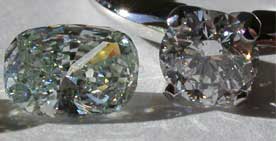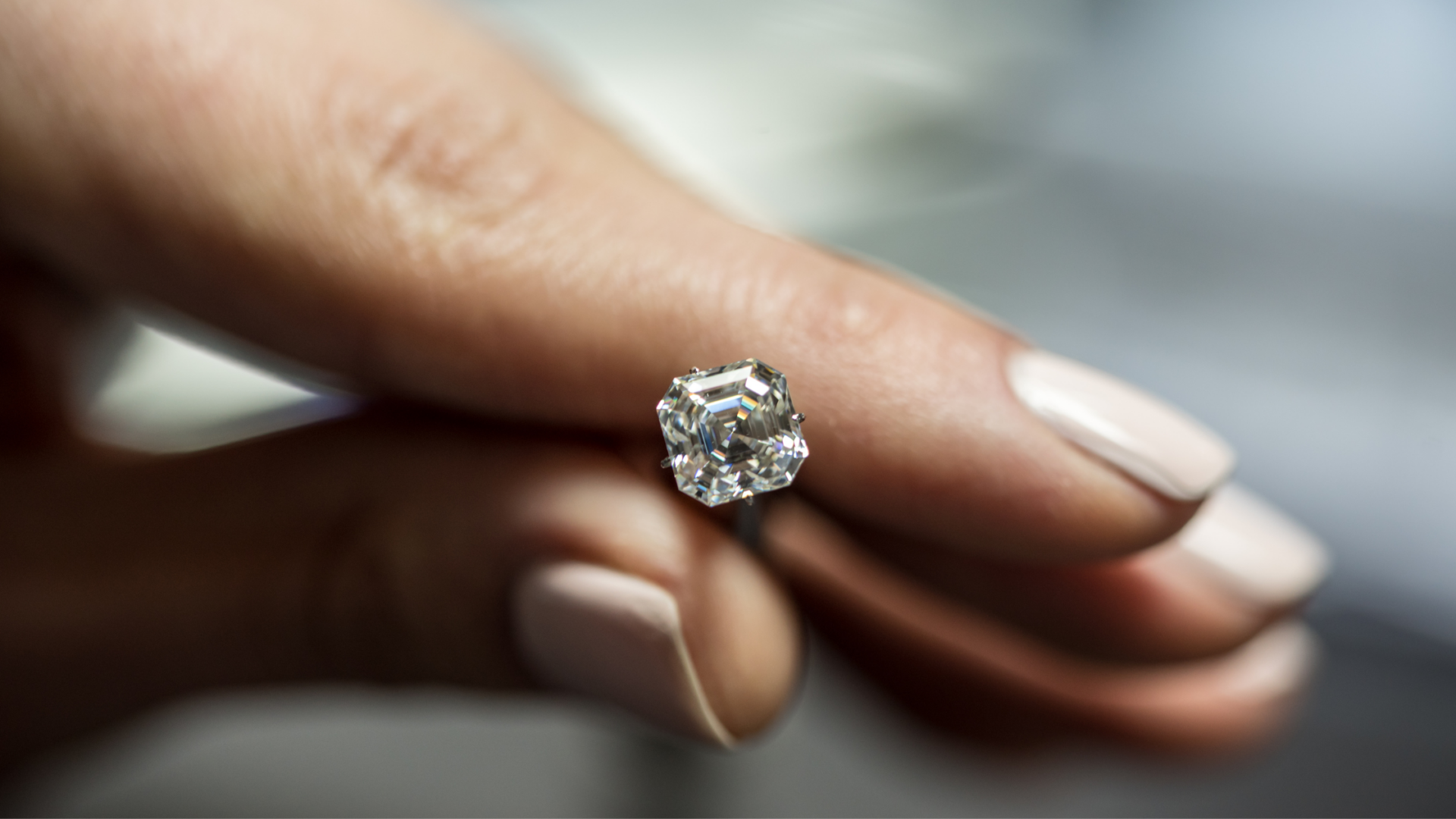kroshka
Brilliant_Rock
- Joined
- Jan 30, 2004
- Messages
- 566
Hi all,
I know that most experts only recommend buying fancy colored diamonds that have been certified by GIA, but what about colored diamonds certified by EGL? In regards to white diamonds, it has been debated and discussed many times that GIA and AGS have stricter standards and are more accurate than EGL in terms of color and clarity grading. Some things I was pondering are:
1. I have seen a few colored diamonds certified by EGL pop up here and there. How accurate is EGL certification compared to GIA in terms of color of origin (i.e. is the color natural) and color classification (i.e. Faint, Very Light, Light, Fancy Light, Fancy, Fancy Intense, Fancy Deep, Fancy Dark, Fancy Vivid) as well as identifying any modifying colors if applicable?
2. Does AGS grade and certify fancy colored diamonds?
In regards to GIA''s fancy color diamond grading reports, could someone explain why so many stones only have a "Color of Origin" report, rather than a full report that includes the clarity grade and other details, etc.? While I realize that a dealer may not want to spend the extra money for a full report on a rather small stone, a diamond that has a color that is less desireable or valuable, or on a stone that they basically are worried will get the dreaded I1 clarity grade or lower and will turn off potential customers, why not get a full report? I always felt as a consumer that more information is better than less.
Opinions from experts, consumers, and connoiseurs?
kroshka
I know that most experts only recommend buying fancy colored diamonds that have been certified by GIA, but what about colored diamonds certified by EGL? In regards to white diamonds, it has been debated and discussed many times that GIA and AGS have stricter standards and are more accurate than EGL in terms of color and clarity grading. Some things I was pondering are:
1. I have seen a few colored diamonds certified by EGL pop up here and there. How accurate is EGL certification compared to GIA in terms of color of origin (i.e. is the color natural) and color classification (i.e. Faint, Very Light, Light, Fancy Light, Fancy, Fancy Intense, Fancy Deep, Fancy Dark, Fancy Vivid) as well as identifying any modifying colors if applicable?
2. Does AGS grade and certify fancy colored diamonds?
In regards to GIA''s fancy color diamond grading reports, could someone explain why so many stones only have a "Color of Origin" report, rather than a full report that includes the clarity grade and other details, etc.? While I realize that a dealer may not want to spend the extra money for a full report on a rather small stone, a diamond that has a color that is less desireable or valuable, or on a stone that they basically are worried will get the dreaded I1 clarity grade or lower and will turn off potential customers, why not get a full report? I always felt as a consumer that more information is better than less.
Opinions from experts, consumers, and connoiseurs?
kroshka






300x240.png)